She Didn’t Just Pose—She Commanded the Frame
Before social media, filters, and fame-for-fame’s-sake, there was June Palmer. A woman whose silhouette didn’t just define glamour—it elevated it. Her photos weren’t just pictures. They were poetry. You didn’t just see her—you felt her. Without a word, she could spark a thousand thoughts. That’s the kind of power June Palmer held. And the best part? She never needed scandal or spectacle to do it.
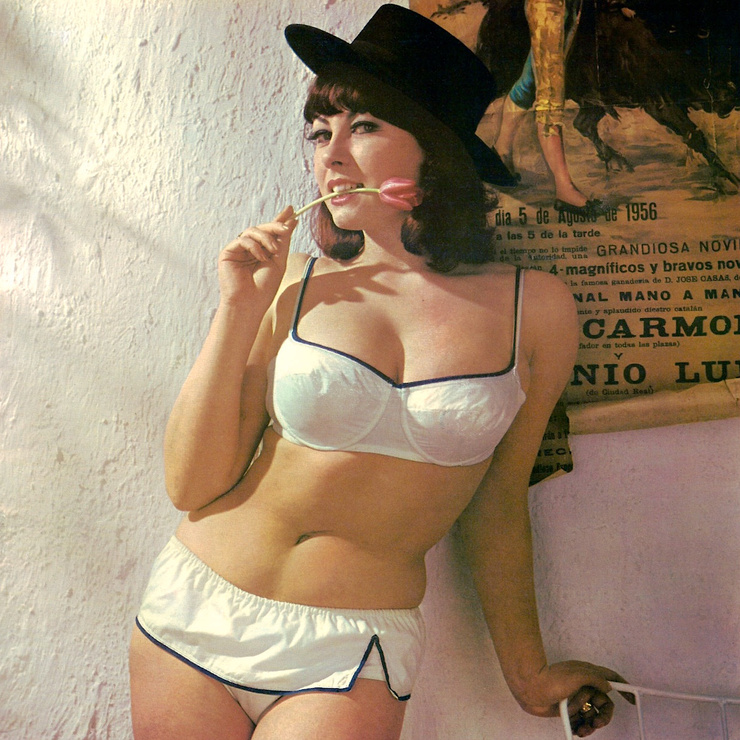
A Face That Captured an Era
Born in London in 1940, June Palmer stepped into the world of modeling in the late 1950s. At a time when photography was shifting from stiff and posed to expressive and sensual, she arrived like a breath of fresh air. She had an elegance that felt natural, not rehearsed. Her velvet eyes, hourglass curves, and quiet confidence made her a favorite among some of Britain’s most renowned photographers.

She wasn’t just modeling—she was transforming the space. Every tilt of the head, every arch of her back, every subtle glance… it told a story. She turned the camera into her dance partner.
Why June Palmer Was Unlike Anyone Else
June wasn’t chasing fame. She wasn’t part of the gossip columns or publicity stunts. She let her work do the talking—and wow, did it talk.
Video: June Palmer top model from the 50s and 60s
At a time when pin-up models were often cast in narrow roles, Palmer broke the mold. She brought a sense of class and mystery to her art. Her poses were never crude or careless. They were purposeful, powerful, and deeply feminine.
She had that rare ability to be both vulnerable and in control—like she was inviting you into her world, but only as far as she allowed.
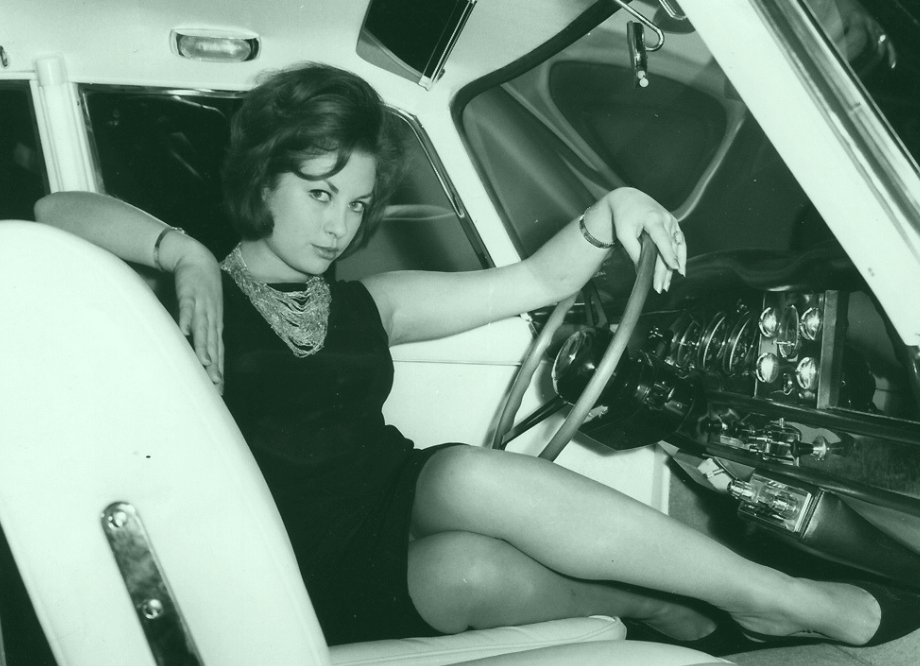
A Quiet Muse with a Loud Impact
One of the reasons June Palmer left such a mark was how effortlessly she blended sensuality with softness. She could wear a silk robe and look regal. Or stand against a simple backdrop and still steal the entire frame. No props. No gimmicks. Just presence.
Photographers adored working with her because she wasn’t just beautiful—she understood the camera. She knew light. She knew stillness. She knew that sometimes, the most powerful image is the one that whispers instead of shouts.
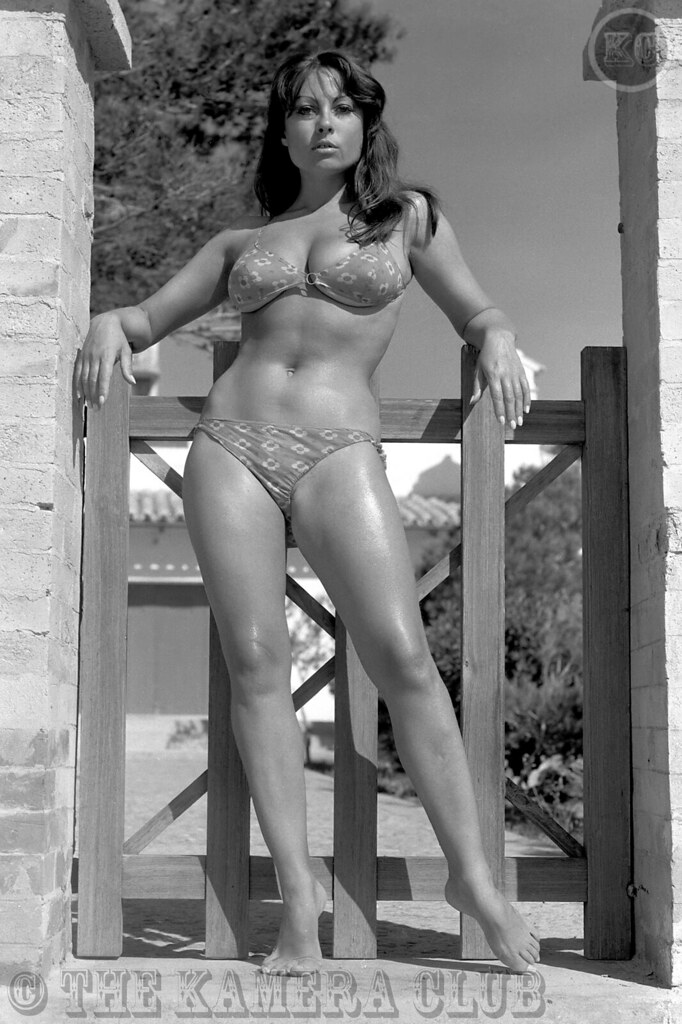
She became a go-to muse for countless artists, and her photos circulated across Europe and beyond—proof that elegance could still be provocative.
Stepping Behind the Lens
Here’s something most people don’t know: June didn’t stop at being in front of the camera. She later co-founded Strobe Studios with her husband Arthur Howell, creating a space where models and photographers could collaborate in creative freedom.
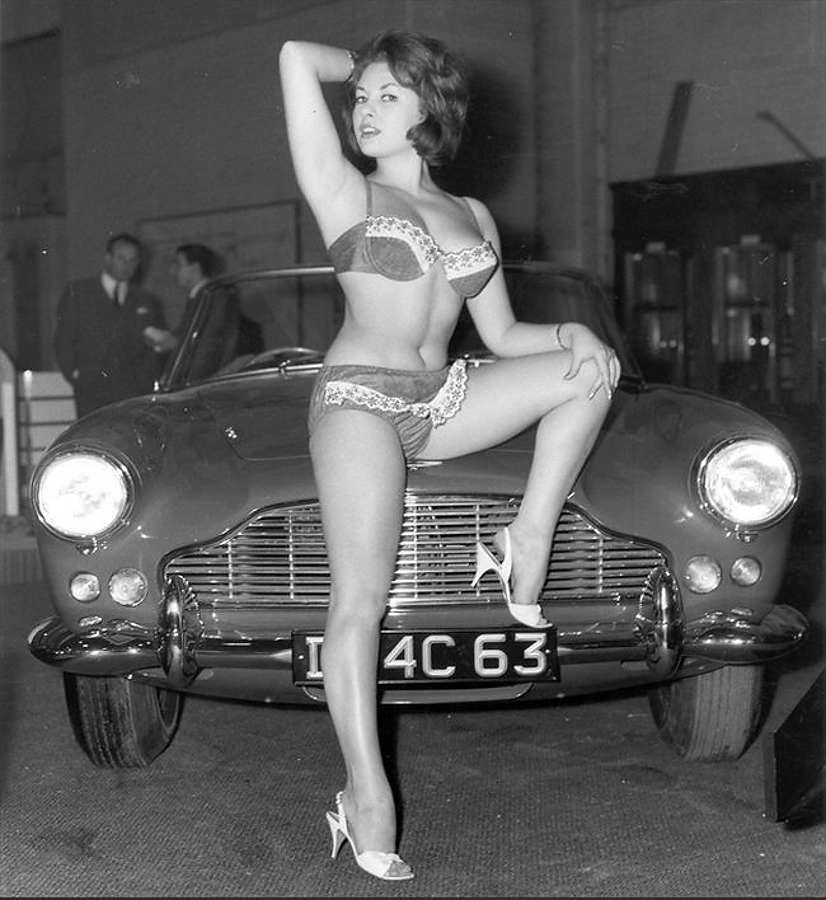
She wasn’t just the subject anymore—she was part of the vision. And in doing so, she helped lift others the way she had once been lifted. She gave new models a platform and brought artistry back into focus.
That transition from muse to mentor shows just how sharp and savvy June really was. She never saw modeling as a shallow gig—it was her medium, and she knew how to evolve with it.
Video: JUNE PALMER TRIBUTE
Why She Stepped Away (And Why That Matters)
In the mid-1970s, June quietly stepped away from public life. No dramatic exit. No final photoshoot. Just grace, once again.
And that, perhaps, was her boldest move yet.

She left while still iconic, still in demand, still adored. She didn’t cling to fame or nostalgia. She let her legacy speak for itself—and honestly, that made her even more magnetic.
We live in a world now where people often don’t know when to bow out. June Palmer did. And in doing so, she preserved something rare: mystique.
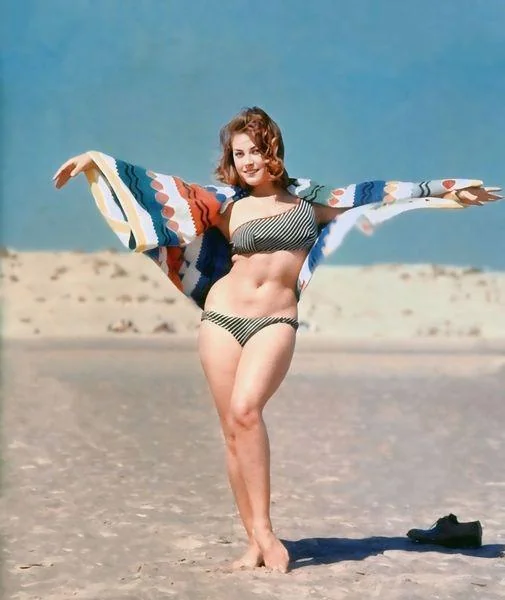
The Legacy That Still Glows Today
Why do we still remember June Palmer?
Because she didn’t just exist in her photos—she transcended them. Her images still feel modern. Her influence still ripples through fashion, portraiture, and even social media aesthetics. There’s a softness in her work that photographers try to recapture to this day.
And fans? They’re still out there. Collectors, artists, and admirers who trade stories and scans like precious keepsakes. She’s become something of a legend—a model who managed to be sensual, graceful, and respected in equal measure.
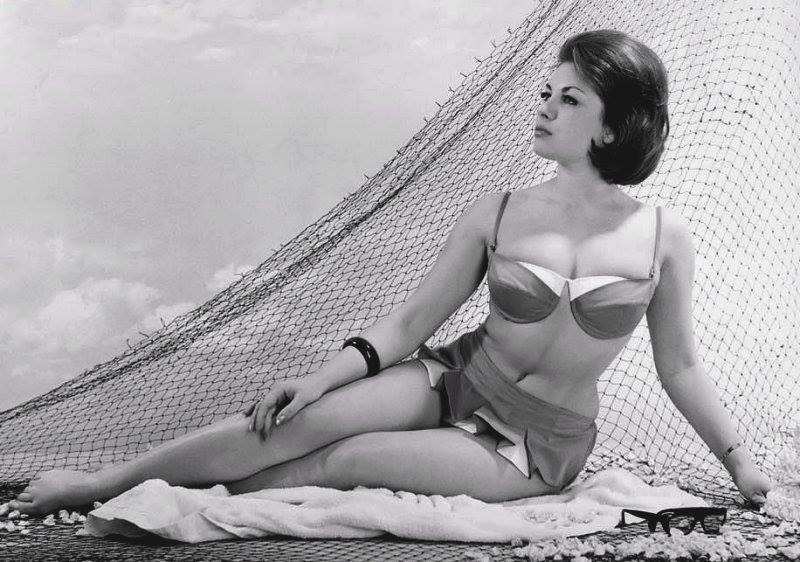
Conclusion: The Woman Who Let the Light Find Her
June Palmer didn’t scream for attention—she drew it in like gravity. She made the camera fall in love with stillness. She turned the curve of a shoulder into sculpture and the flick of her eyes into theater.
And most of all, she did it on her terms.
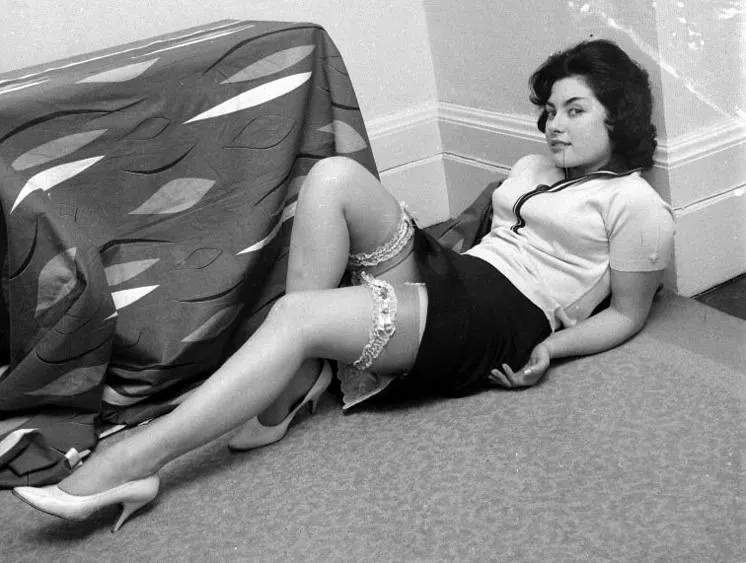
In a world obsessed with constant visibility, June Palmer reminds us of something much more powerful: that sometimes, the quietest stars shine the longest.
She didn’t just model. She moved art forward. She didn’t just pose. She created emotion.
June Palmer was, and still is, a masterclass in timeless allure.
